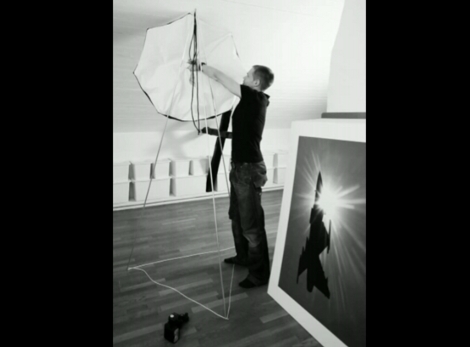
We see a lot of comments on shaky video asking why that person didn’t use a tripod. [Aatif Sumar] wants to use one when taking pictures and video with his phone but the threaded mounting hole you’d find in most cameras doesn’t come as a feature on smart phones. That didn’t deter him, he used an old cassette case for this phone tripod. The build started with a cheap flexible camera tripod. [Aatif] used a soldering iron to melt a hole in a plastic cassette case. We’re apprehensive about relying on the plastic’s ability to hold threads so we’re recommend epoxy to reinforce the joint. A bit more melting with the iron and he had a cradle on legs with a hole for the camera lens. It’s nothing fancy, but it also cost him next-to-nothing.












